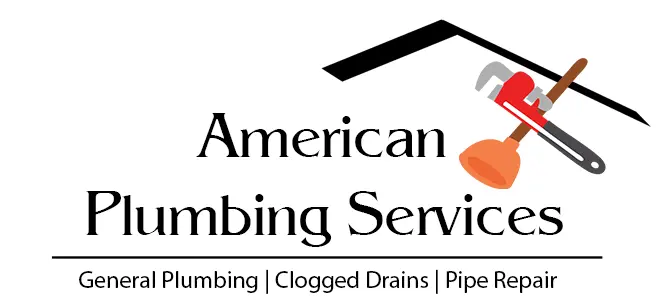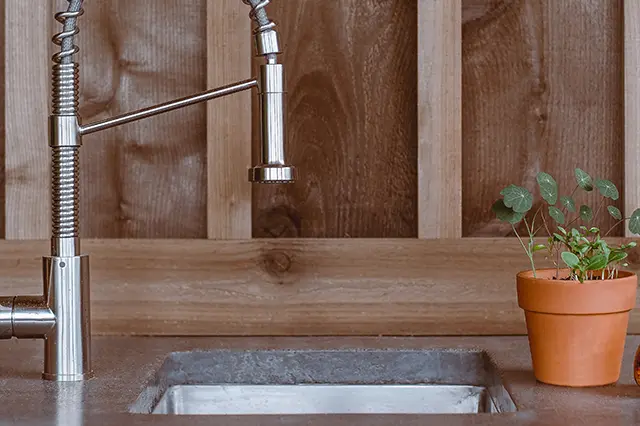
How To Repair Or Replace Pipes In Your Home: A Step-By-Step Guide
Leaky pipes are a pesky nuisance that can quickly turn into a major problem if not taken care of. Fortunately, there are steps you can take to repair or replace any faulty pipes in your home. Whether you’re a professional plumber or just a homeowner looking to tackle this project yourself, this step-by-step guide will help you get the job done right. From inspecting the damage to buying the right materials to actually getting down and dirty with the repair work itself, everything you need to know is covered here. Let’s get started!
Assessing the Damage
If your home is in need of pipe repair or replacement, it is important to assess the damage before taking any action. There are a few things you can look for to determine the severity of the issue:
-Is the damage isolated to one area, or are there multiple areas affected?
-How bad is the damage? Are there any leaks, or is the pipe simply cracked or damaged?
-Is the damage easily accessible, or would it require significant demolition to reach the affected area?
Once you have a better understanding of the scope of the problem, you can start to plan your next steps. If the damage is minor and isolated, you may be able to repair the pipe yourself. However, if the damage is more severe, it is best to call a professional plumber. They will be able to properly assess the situation and make recommendations on how to proceed.
Repairing Small Leaks
If you have a small leak in your home, there are a few things you can do to repair it. First, try to determine the source of the leak. This may be a simple fix, such as tightening a loose connection. If the leak is coming from a pipe, you may be able to patch it with epoxy putty or replace the section of pipe. If the leak is coming from a joint, you may need to apply plumber’s putty or replace the gasket.
Once you’ve determined the source of the leak, follow these steps to repair it:
1. Turn off the water supply to the leaking area. This will help prevent further damage and make repairs easier.
2. If possible, drain any remaining water from the pipes by opening a nearby faucet.
3. Clean the area around the leak so that you can work on it easily.
4. Apply epoxy putty or plumber’s putty to seal the leak, depending on its location. Follow the instructions on the packaging for best results.
5. Once the sealant has dried, turn on the water supply and check for leaks again.
Replacing Pipes
If your home is in need of a pipe repair or replacement, don’t fret! This guide will take you through the process step-by-step so that you can get your plumbing back in working order in no time.
Before you begin, it’s important to assess the damage and determine whether you can repair the existing pipes or if you need to replace them entirely. If the damage is extensive, it’s probably best to call in a professional plumber to handle the job. But if you’re confident that you can do it yourself, read on!
To repair a pipe, start by turning off the water supply at the main shutoff valve. Then, using a hacksaw or pipe cutter, remove the damaged section of pipe. Once the damaged section is removed, clean up any rough edges with a file. Next, apply primer and glue to the ends of the new piece of pipe and fit it into place. Finally, turn the water back on and check for leaks.
If you need to replace a section of pipe, start by shutting off the water supply at the main shutoff valve. Then, using a hacksaw or pipe cutter, remove the entire length of pipe that needs to be replaced. Next, clean up any rough edges on the ends of the new piece of pipe with a file. Apply primer and glue to one end of the new pipe and fit it into place. Then repeat this process for the other end of the new pipe. Finally
Hiring a Professional
If your home is in need of pipe repair or replacement, it is best to hire a professional. This is not a job that should be attempted by a novice. A professional will have the necessary tools and experience to get the job done quickly and efficiently.
When hiring a professional, be sure to get references and check their credentials. Ask them how long they have been in business and if they are licensed and insured. Make sure you understand what the scope of work will be and get a written estimate before work begins.
Once you have found a qualified professional, be sure to communicate your expectations clearly. Let them know what you expect in terms of results and timelines. Be available to answer any questions they may have so that the job can be completed to your satisfaction.
Conclusion
As you have seen, pipe repair and replacement can be a daunting task. However, with the right instructions and materials, anyone can do it safely and efficiently. As long as you follow the steps laid out in this article carefully, you should have no problem keeping your pipes working well for years to come. Don’t forget that if any issues arise or if you’re ever unsure of what to do next, calling in a professional plumber is always an option – they’ll be able to help you get your pipes back in top shape quickly!
